No Deal On Huge Antarctic Marine Reserves
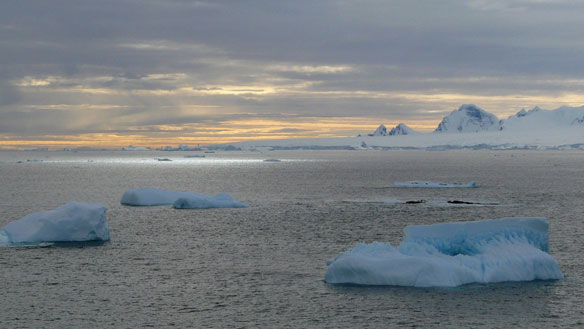
International talks on establishing huge marine reserves in Antarctica have failed to reach a consensus.
Natural Defences Can Sharply Limit Coastal Damage
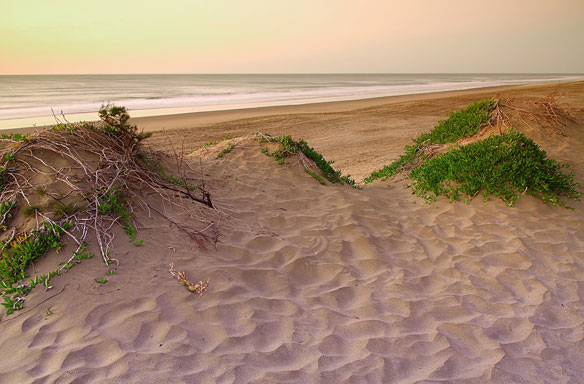
Coastal forests, coral reefs, sand dunes, marshes and wetlands are just a few of the natural habitats that protect two-thirds of the US coastline from hazards such as hurricane, and are key to protecting lives and property against storm surges and long-term sea-level rise.
Nesting Gulf of Mexico Loggerhead Turtles Face Offshore Risks
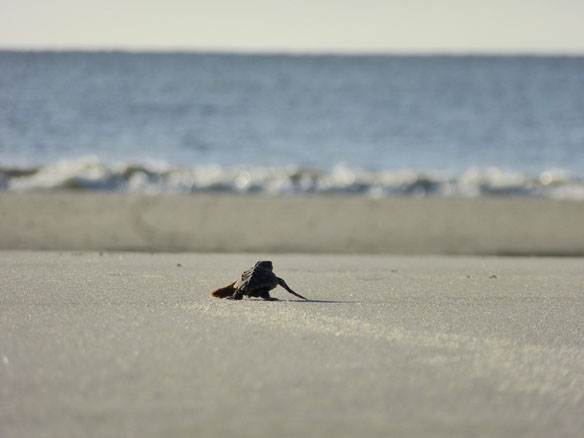
Evidence from a U.S. Geological Survey study challenges the widely-held view that sea turtles remain near one beach throughout the nesting season and suggests the threatened species may require broader habitat protection to recover.
Sea levels may rise 2.3 metres per degree of global warming, report says
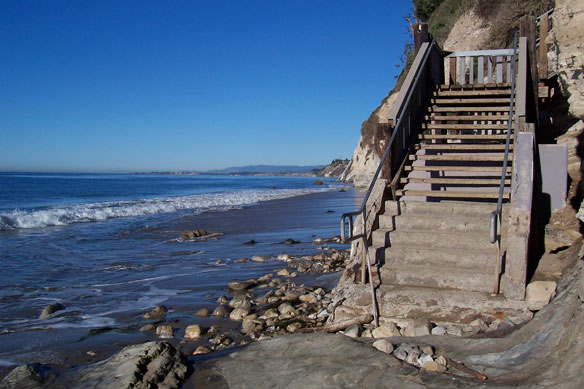
Seas will remain high for centuries after temperatures have risen, with the likelihood of more frequent and damaging storms…
Best Opportunity For the Creation of World’s Largest Marine Reserves
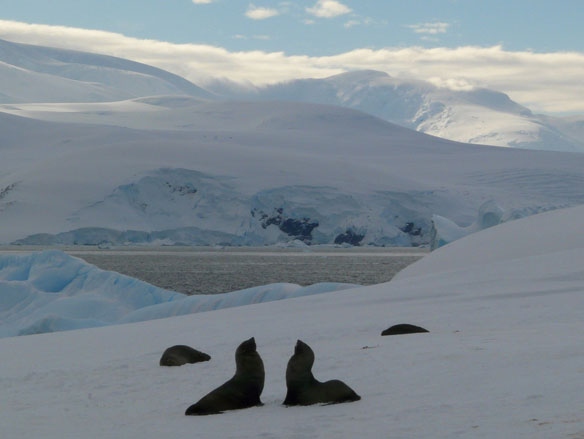
The Ross Sea proposal (being put forward by the USA and New Zealand) and the East Antarctica proposal (developed by Australia and France) are highly significant. If agreed they would constitute two major stepping stones towards achieving a circumpolar network of protected areas.
Round-The-Clock Protest to Check Beach Sand-Mining, Kerala, India
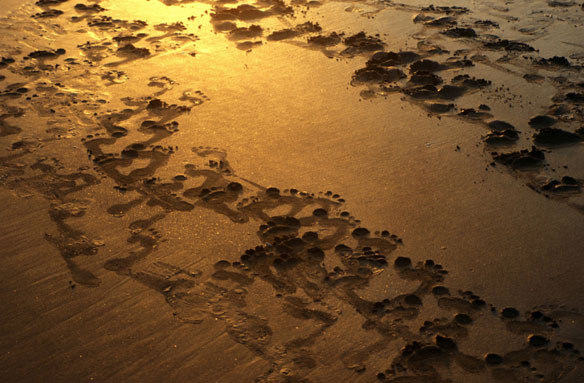
A woman and her three children have been staging a protest in front of the Collectorate since July 11 demanding action against illegal extraction of beach sand from near her home at Puthiyangadi.
Illegal Sand Mining Unabated at Riverbeds, Karnataka State, India

The menace of illegal sand mining continues to ravage the Cauvery river and its four tributaries, posing a serious threat to the environment. Most of this sand, extracted from riverbeds, feeds the construction industry in Bangalore. This goes on in defiance of the ban imposed.
In The Caribbean, Push to Create No-Take Marine Reserves

Across the Caribbean, governments and fishing communities are beginning to use such “no-take” zones to help rebuild severely depleted fish stocks and make coastal ecosystems more resilient to a warming planet and acidifying oceans.
In Mekong Delta, Rice Boom Has Steep Environmental Cost

Vietnam has become one of the world’s leading rice producers, thanks to the construction of an elaborate network of dikes and irrigation canals. But these extensive infrastructure projects across the Mekong Delta and along the country’s South China Sea coastline, has disrupted the river delta’s complex ecological systems.
